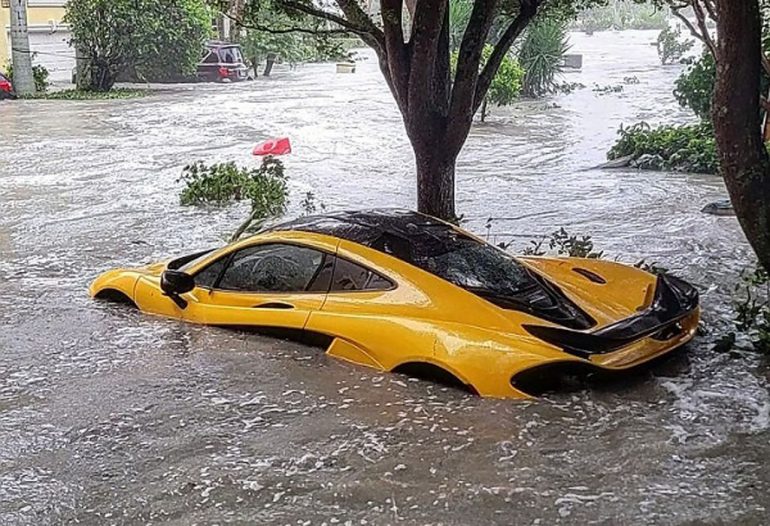
One of the most significant risks associated with purchasing a pre-owned vehicle is unknowingly buying a flood-damaged car. Flood damage can lead to extensive and expensive repairs, compromising the safety, reliability, and value of the vehicle. We will provide you with several steps on how to check if you are buying a flood vehicle, empowering you to make an informed decision and avoid potential pitfalls.
Before purchasing any used vehicle, it’s essential to obtain a comprehensive vehicle history report. This report will provide valuable information about the car’s past, including accidents, title status, and potential flood damage. Services like Carfax and AutoCheck offer detailed reports that can help you assess if the vehicle has been involved in a flood.
Examine the title and other documentation associated with the car. Look for any indication of salvage or rebuilt title, as these can be strong indicators of flood damage. Flooded vehicles are often written off as total losses by insurance companies and issued salvage titles. Additionally, check for any inconsistencies or signs of tampering on the documents.
Thoroughly examine the interior of the vehicle. Look for signs of moisture, mold, or a musty odor. Check beneath the carpets and floor mats for dampness or water stains. Pay close attention to the dashboard, instrument panel, and electrical components. Non-functioning electronics, such as power windows, seats, or radio, could be indicative of water damage.
Inspect the exterior of the vehicle for any signs of water damage. Look for water lines or mud residue on the body panels, doors, and the engine compartment. Check the headlights, taillights, and other exterior lights for moisture or fogging. Additionally, inspect the undercarriage for any signs of rust, particularly on metal components or the exhaust system.
Inspect the engine bay for signs of water damage. Look for mud, silt, or debris in unusual places. Check the oil and transmission fluid dipsticks for signs of water contamination, which could appear as a milky or discolored substance. Also, inspect the air filter and the condition of the belts and hoses.
Test all electrical components thoroughly. Turn on all lights, including headlights, brake lights, turn signals, and interior lights. Test the air conditioning, heating, and windshield wipers. Malfunctions or erratic behavior could indicate water damage.
Consider hiring a qualified mechanic or automotive technician to perform a pre-purchase inspection. They can provide a more detailed assessment of the vehicle’s condition, including potential flood damage. They will inspect the mechanical systems, electrical components, and conduct diagnostic tests to identify any underlying issues.
While all the above steps are essential in identifying a flood-damaged vehicle, your intuition can also play a significant role. If something feels off or suspicious about the car, listen to your instincts. Avoid rushing into a purchase if you have doubts or concerns.

Lloyd Tobias is a seasoned automotive journalist and passionate enthusiast with over 15 years of experience immersed in the world of cars. Whether it’s exploring the latest advancements in automotive technology or keeping a close pulse on breaking industry news, Lloyd brings a sharp perspective and a deep appreciation for all things automotive. His writing blends technical insight with real-world enthusiasm, making his contributions both informative and engaging for readers who share his love for the drive. When he’s not behind the keyboard or under the hood, Lloyd enjoys test driving the newest models and staying ahead of the curve in an ever-evolving automotive landscape.
